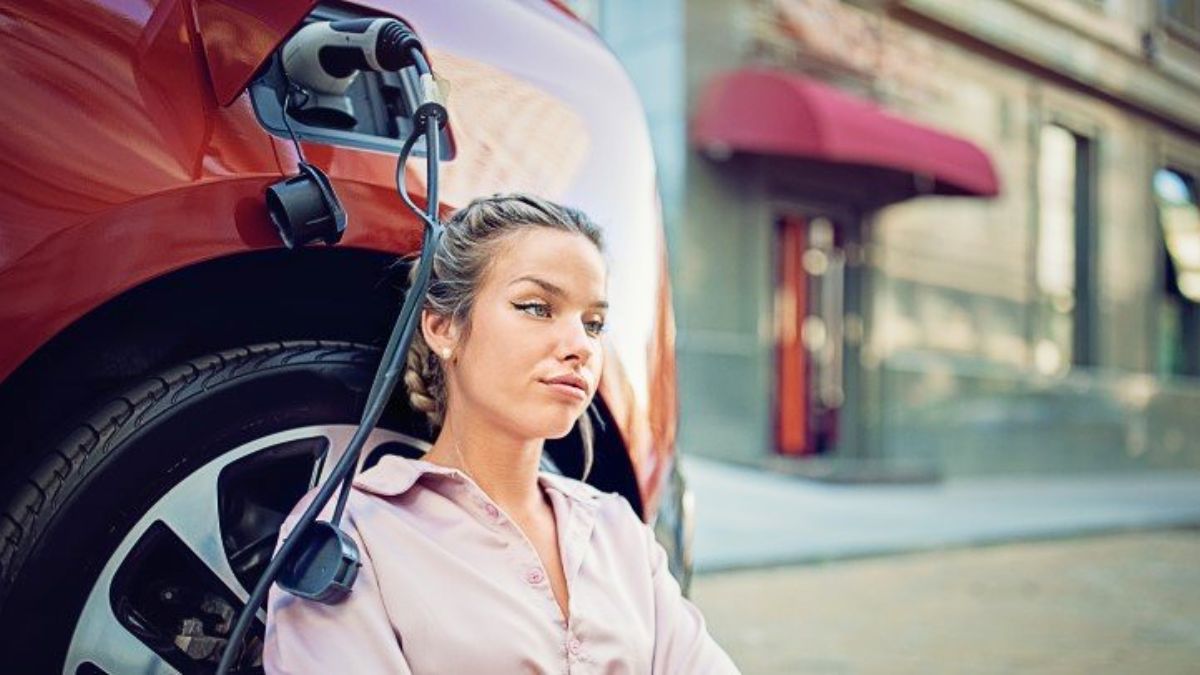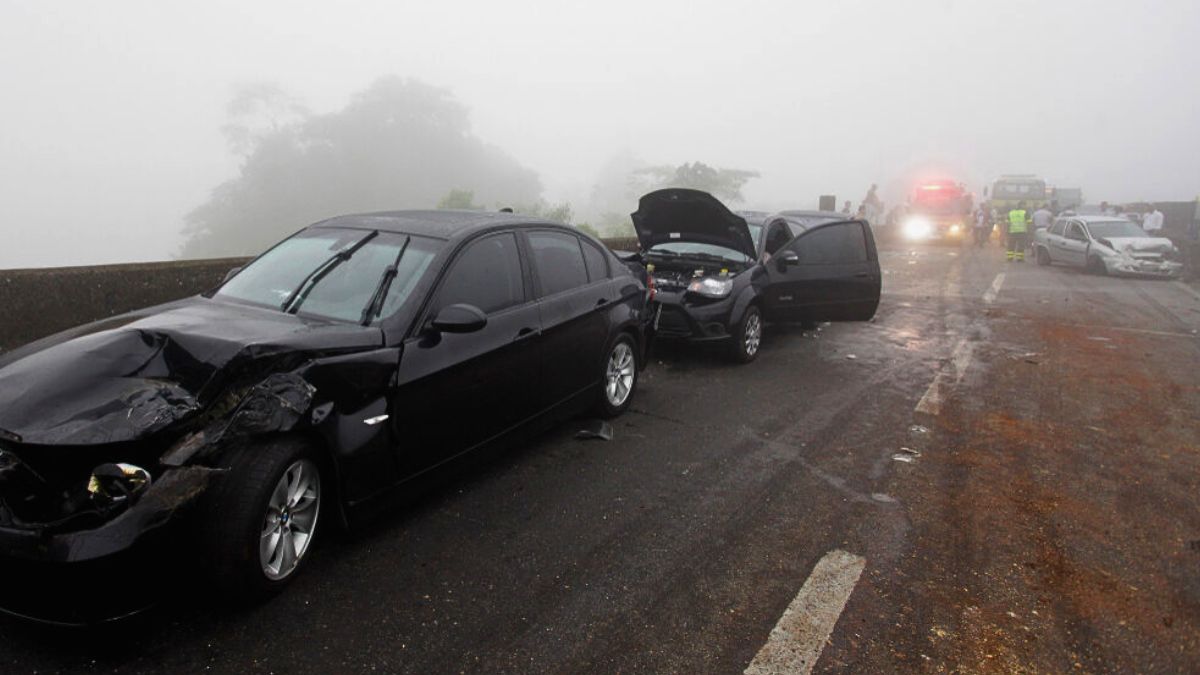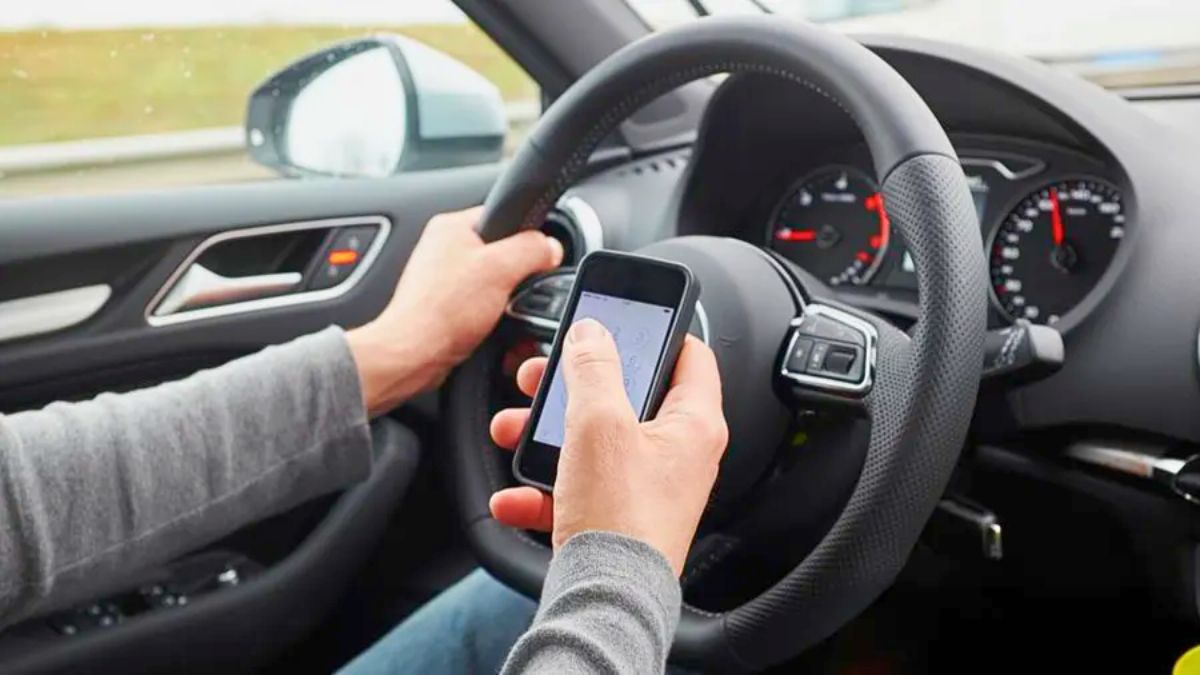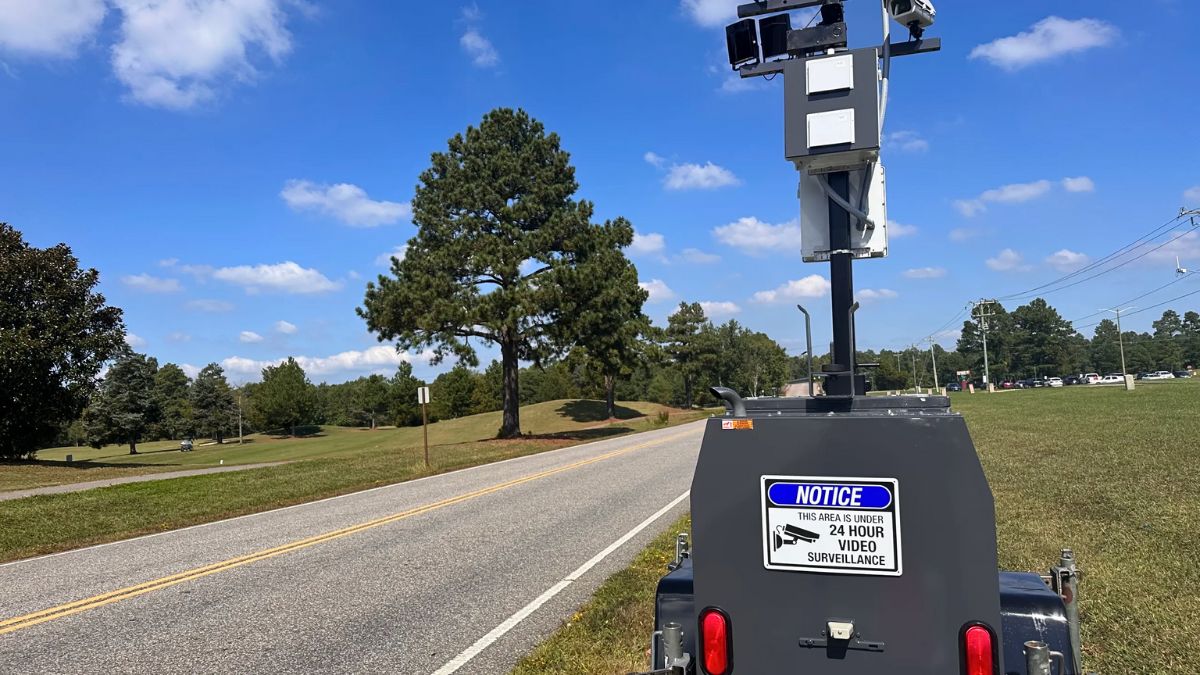Thinking about switching to an electric vehicle but worried you’ll run out of charge on the road? You’re not alone. That nagging feeling of “Will I make it to the next charger?” is called range anxiety—and it’s one of the biggest reasons people hesitate to go electric.
But here’s the thing: EV range anxiety is more manageable than ever. Thanks to better batteries, more chargers, and smarter planning tools, you don’t have to stress over your next mile.
Let’s cut into what causes range anxiety and how to leave it in the rearview mirror.
What Is Range Anxiety?
Range anxiety is the fear that your electric vehicle will run out of battery before you can reach a charging station. It’s kind of like the gas light turning on in a remote area—except EV drivers can’t just pull into the next convenience store.
But while it was a real issue in the early days of EVs, it’s becoming less common. Newer EVs offer way more range, and charging networks are expanding fast.
Average EV Range Today
Most new electric vehicles go farther than you might think. Here’s a quick look at what today’s EVs can handle:
| EV Model | Estimated Range (Miles) |
|---|---|
| Tesla Model Y | Up to 330 |
| Hyundai Ioniq 5 | Up to 303 |
| Ford Mustang Mach-E | Up to 312 |
| Nissan LEAF | Up to 212 |
| Chevy Bolt EUV | Up to 247 |
With an average daily U.S. commute of about 30 miles, even the lower-range EVs have plenty of juice for a few days before needing a charge.
Charging Networks Are Growing
A major way to beat range anxiety is knowing where to plug in—and you’ve got options.
Virginia alone has over 1,800 public EV charging stations, and that number is rising fast thanks to both state and federal programs like NEVI. Highways like I-95, I-64, and I-81 are lined with DC fast chargers that can get you back on the road in 30 minutes or less.
Apps like PlugShare, ChargePoint, and Electrify America make it easy to find nearby chargers, check availability, and even get real-time updates from other drivers.
Plan Your Trips
Worried about long-distance travel? Use tools like A Better Routeplanner (ABRP) or Google Maps’ EV routing feature. These apps calculate your route, estimate your battery use, and show when and where to stop for a charge.
With a little planning, road-tripping in an EV becomes a breeze.
Know Your Car
Understanding your EV’s range, battery percentage, and efficiency under different conditions helps build confidence. Things like cold weather, high speeds, and heavy loads can lower range—but if you know what to expect, you can adjust easily.
Turn on Eco Mode, drive a bit slower, or precondition your battery in winter to make the most of each charge.
Charge at Home
The easiest way to avoid range anxiety? Start each day with a full charge. Installing a Level 2 home charger means your car can fully recharge overnight. No more last-minute gas station stops—just plug in at home like your phone.
EVs are changing how we drive—and while range anxiety used to be a deal-breaker, it’s now just a bump in the road. With smart planning and growing charging networks, there’s never been a better time to go electric without the worry.
FAQs
What is EV range anxiety?
It’s the fear of running out of charge before reaching a station.
How far can most EVs go today?
Most offer 200–330 miles per charge.
Are there enough chargers in Virginia?
Yes, with 1,800+ public charging stations statewide.
Do EVs lose range in winter?
Yes slightly, but it’s manageable with planning.
What’s the best way to avoid range anxiety?
Charge at home and use route planning apps.

















